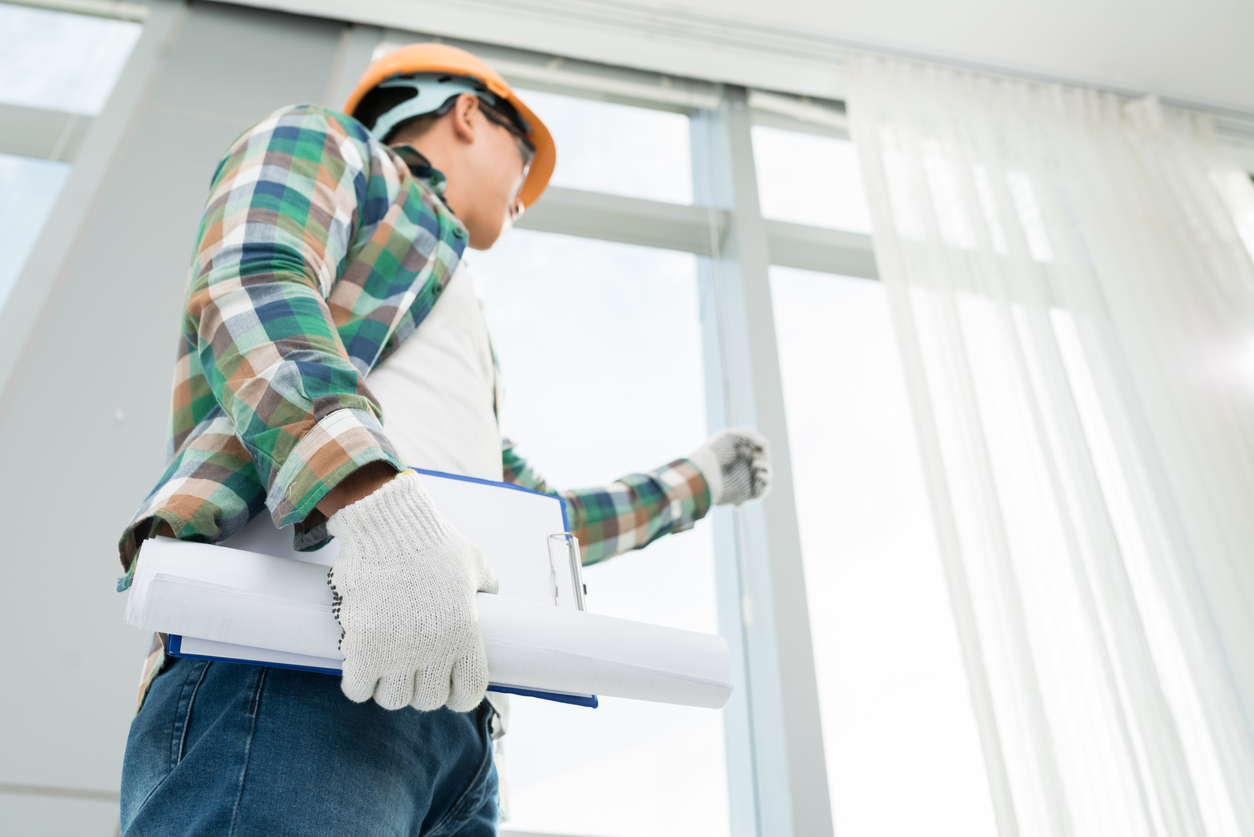So, you’ve just moved into your brand new home. You shopped around and did a lot of research to find the home that was just right for you. You signed a big pile of documents at closing, the moving trucks have left, all the boxes are unpacked, and all your belongings are in their proper places. What should you do now?
1. Change your filters
One of the most important things to remember is that you are responsible for certain routine maintenance items to keep your house functioning properly. These tasks tend to be relatively simple. For instance, many types of heating and air conditioning systems contain filters to remove dirt and dust from the air. A homeowner should change these filters when necessary.
Read Related: Working With A Heating and Cooling Professional
2. Get rid of dust and dirt
Cleanliness is a factor that will make your home last longer and work better. Dust and dirt, if allowed to accumulate, can harm the finishes on blinds, cabinets, countertops, floors, sinks, tubs, toilets, walls, tiles and other items. If dirt does accumulate, make sure to clean it with a substance that does not scratch or damage the finishes.
3. Check your exterior
On the outside of your home, make sure that gutters and downspouts do not get clogged with leaves or other objects. The exterior of your house is built to withstand exposure to the elements, but a periodic cleaning will improve the appearance and, in many instances, prolong the life of siding and other exterior products.
Read Related: 3 Things You Should Know About Basic Roof Maintenance (And When To Call For Help)
4. Read your warranty
When you bought your home, you probably received a warranty from the builder on workmanship and materials. This warranty applies to problems related to the construction of the home, but it does not apply to problems that arise because of failure to perform routine maintenance. For example, if your roof begins to leak after six months because of faulty workmanship, your warranty would cover that. If you develop a problem because water backed up in clogged gutters that you should have cleaned, the builder is not responsible for repairs. Also, some items, such as appliances, may be covered by manufacturers warranties and are not the responsibility of the builder.
You should fully familiarize yourself with the terms of your warranty soon after you move into your home. With all the excitement surrounding a move into a new home, most people have little desire to curl up in front of the fireplace and read a legal document. Nonetheless, you should not wait to read your warranty until a problem arises. Set aside an hour to learn what your rights and responsibilities are from the outset.
This article originally appeared on the Master Builders Association (MBA) of King and Snohomish Counties.




